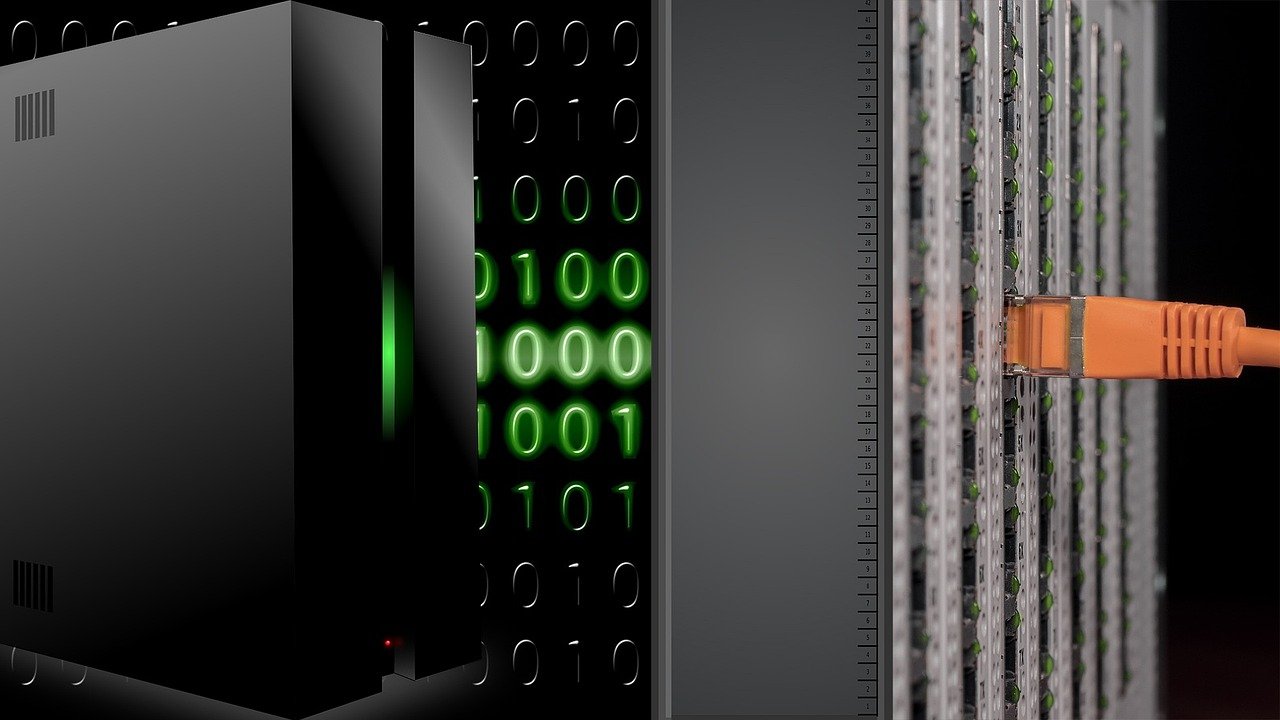Firewalls are the unsung heroes of network security, silently guarding our digital realms from malicious intruders. But a firewall without properly configured rules is like a fortress with unlocked doors – vulnerable and ineffective. Understanding and implementing robust firewall rules is paramount for safeguarding your network and sensitive data. This blog post will delve into the intricacies of firewall rules, providing you with the knowledge and practical examples needed to fortify your digital defenses.
Understanding Firewall Rules
What are Firewall Rules?
Firewall rules are the foundation of a firewall’s operation. They are a set of instructions that dictate how the firewall should handle network traffic. Each rule defines specific criteria and actions, instructing the firewall to either allow or deny traffic based on these conditions. Think of them as traffic cops, carefully scrutinizing each packet and directing it accordingly.
- Rules are typically evaluated in a top-down order.
- The first rule that matches the traffic determines the action taken.
- A default deny policy is often recommended, meaning all traffic is blocked unless explicitly allowed.
Components of a Firewall Rule
A typical firewall rule consists of several key components:
- Source: Specifies the origin of the traffic (e.g., IP address, network, port).
- Destination: Specifies the intended recipient of the traffic (e.g., IP address, network, port).
- Protocol: Identifies the type of network protocol being used (e.g., TCP, UDP, ICMP).
- Action: Determines what the firewall should do with the traffic (e.g., allow, deny, reject, log).
- Port: Defines the specific port number involved in the communication.
- Example: Allow inbound TCP traffic on port 80 (HTTP) from any source IP address to the web server’s IP address.
Why are Firewall Rules Important?
Well-defined firewall rules are crucial for several reasons:
- Security: They protect your network from unauthorized access and malicious attacks.
- Compliance: Many regulatory standards (e.g., PCI DSS, HIPAA) require robust firewall configurations.
- Network Segmentation: They can isolate different parts of your network, limiting the impact of a security breach.
- Control: They provide granular control over network traffic, ensuring only necessary communication is permitted.
Types of Firewall Rules
Firewall rules can be categorized in various ways, depending on the criteria used for filtering traffic. Understanding these categories will help you design a more effective security strategy.
Basic Rules
These rules focus on fundamental aspects of network traffic, such as source and destination IP addresses, ports, and protocols.
- IP Address Filtering: Allowing or blocking traffic based on specific IP addresses or ranges.
Example: Block all traffic from a known malicious IP address.
- Port Filtering: Controlling access to specific network services by allowing or blocking traffic on particular ports.
Example: Allow inbound traffic on port 443 (HTTPS) for secure web browsing.
- Protocol Filtering: Restricting traffic based on the underlying network protocol.
Example: Allow ICMP (ping) traffic for network troubleshooting.
Advanced Rules
These rules incorporate more sophisticated criteria to refine traffic filtering.
- Stateful Inspection: Tracks the state of network connections, allowing return traffic for established connections. This significantly enhances security compared to stateless filtering.
Example: Automatically allow responses to outbound requests without explicitly creating a rule for inbound traffic.
- Application Layer Filtering: Examines the content of network traffic to identify and control specific applications.
Example: Block access to specific social media applications.
- Time-Based Rules: Enable or disable rules based on a schedule.
Example: Allow access to specific resources only during business hours.
Zone-Based Firewalls
These firewalls organize network interfaces into zones and define rules to control traffic flow between zones. This approach simplifies rule management and provides a clear segmentation of the network.
- Common Zones:
External (WAN): The internet-facing zone.
Internal (LAN): The internal network.
DMZ (Demilitarized Zone): A zone for hosting publicly accessible servers while isolating them from the internal network.
- Rules define how traffic can flow between these zones (e.g., allow traffic from LAN to WAN, deny traffic from WAN to LAN except for specific services in the DMZ).
Best Practices for Configuring Firewall Rules
Configuring firewall rules effectively requires careful planning and attention to detail. Adhering to best practices will ensure a strong security posture and minimize the risk of misconfiguration.
Default Deny Policy
Implement a default deny policy, blocking all traffic unless explicitly allowed. This significantly reduces the attack surface by preventing unauthorized access by default.
- Only open ports and protocols that are absolutely necessary.
- Regularly review and update the rules to ensure they remain relevant and secure.
Least Privilege Principle
Grant only the minimum necessary privileges to users and applications. Apply this principle when creating firewall rules, allowing only the required traffic for specific tasks.
- Avoid overly permissive rules that allow broad access.
- Use specific source and destination IP addresses and ports whenever possible.
Rule Order Matters
Firewall rules are typically evaluated in a top-down order. Place the most specific rules at the top of the rule set and the more general rules at the bottom.
- This ensures that the most granular criteria are applied first, preventing more general rules from overriding them.
- Regularly review and optimize the rule order to improve performance and security.
Logging and Monitoring
Enable logging to track network traffic and identify potential security threats. Regularly monitor firewall logs for suspicious activity.
- Analyze logs for unusual patterns, unauthorized access attempts, and policy violations.
- Set up alerts for critical events, such as blocked traffic from known malicious IP addresses.
Regular Audits and Reviews
Regularly audit and review your firewall rules to ensure they remain accurate, effective, and compliant with security policies.
- Identify and remove obsolete or redundant rules.
- Verify that rules are properly configured and enforced.
- Update rules to reflect changes in network infrastructure, applications, and security threats.
Documentation
Maintain clear and comprehensive documentation of your firewall rules. This will help you understand the purpose of each rule and facilitate troubleshooting and maintenance.
- Document the rationale behind each rule, including the specific business need or security requirement it addresses.
- Keep the documentation up-to-date and easily accessible to authorized personnel.
Practical Examples of Firewall Rules
Let’s look at some practical examples of firewall rules for different scenarios:
- 1. Allowing Web Server Access:
To allow inbound HTTP (port 80) and HTTPS (port 443) traffic to a web server with IP address 192.168.1.10:
- Rule 1:
Source: Any
Destination: 192.168.1.10
Protocol: TCP
Destination Port: 80
Action: Allow
- Rule 2:
Source: Any
Destination: 192.168.1.10
Protocol: TCP
Destination Port: 443
Action: Allow
- 2. Blocking a Specific IP Address:
To block all traffic from a known malicious IP address 203.0.113.45:
- Rule:
Source: 203.0.113.45
Destination: Any
Protocol: Any
Action: Deny
- 3. Allowing SSH Access from a Specific Network:
To allow SSH (port 22) access to a server with IP address 192.168.1.20 from the network 10.0.0.0/24:
- Rule:
Source: 10.0.0.0/24
Destination: 192.168.1.20
Protocol: TCP
Destination Port: 22
Action: Allow
- 4. Implementing a DMZ:
Assume you have a DMZ with a web server (192.168.2.10) and a database server (192.168.2.20). You want to allow external access to the web server but restrict direct access to the database server. Internal network (192.168.1.0/24).
- Rule 1 (WAN -> DMZ web server):
Source: Any
Destination: 192.168.2.10
Protocol: TCP
Destination Port: 80, 443
Action: Allow
- Rule 2 (DMZ web server -> DMZ database server):
Source: 192.168.2.10
Destination: 192.168.2.20
Protocol: TCP
Destination Port: 3306 (MySQL), etc. – Only necessary ports
Action: Allow
- Rule 3 (Internal Network -> WAN):
Source: 192.168.1.0/24
Destination: Any
Protocol: Any
Action: Allow
- Rule 4 (Internal Network -> DMZ Web server):
Source: 192.168.1.0/24
Destination: 192.168.2.10
Protocol: TCP
Destination Port: 80, 443
Action: Allow
- Rule 5 (Deny all other traffic between DMZ and Internal – important!):
Source: 192.168.1.0/24
Destination: 192.168.2.0/24
Protocol: Any
Action: Deny
Conclusion
Configuring firewall rules is a critical aspect of network security. By understanding the principles behind firewall rules, implementing best practices, and tailoring them to your specific environment, you can significantly enhance your organization’s security posture. Remember to regularly review and update your rules to adapt to evolving threats and maintain a strong defensive perimeter. Taking the time to properly configure your firewall will pay dividends in the long run, protecting your valuable data and ensuring the continuity of your business operations.



